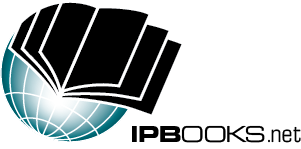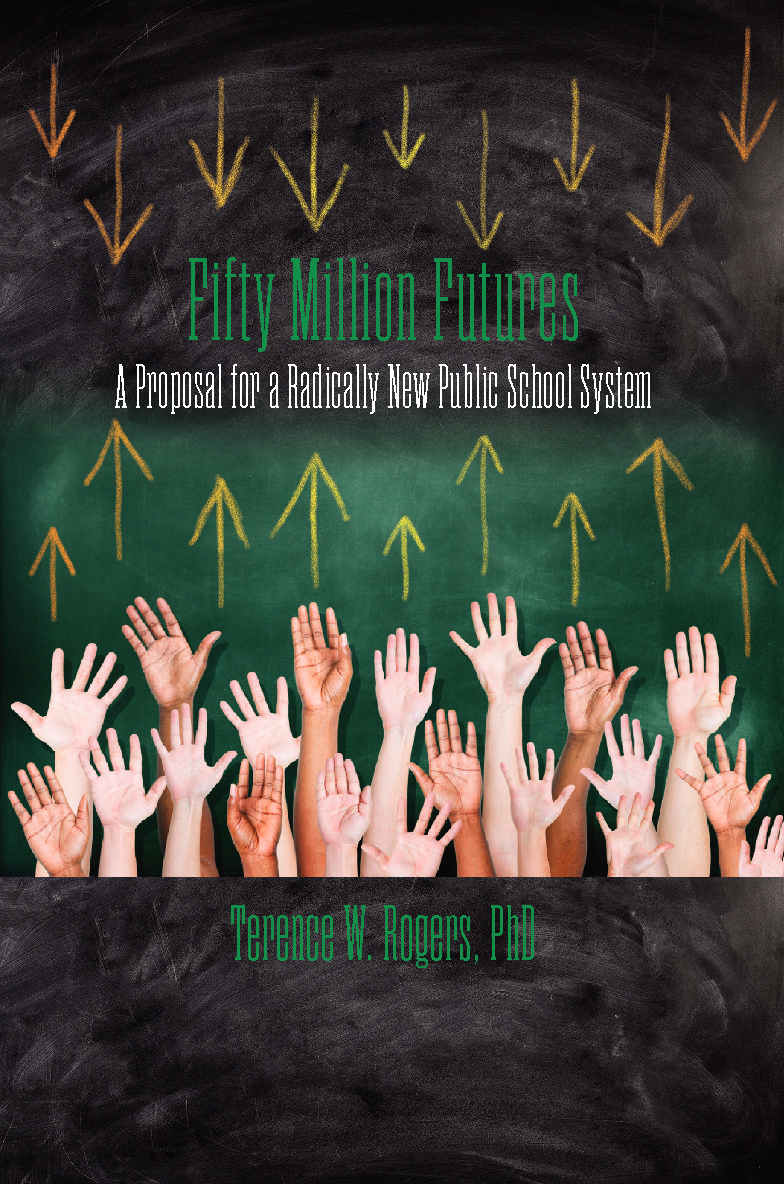Fifty Million Futures: A Proposal for A Radically New Public School System by Terence Rogers
$19.95
The many books and papers written about our public school system are bitterly divided over what to do, but share one thing in common – they identify the problem as reforming our current system. They propose changing some specific part of the system as the key to transforming it. This book is entirely different. It proposes a completely new model of how a modern public school should be designed and function. It starts from the premise that the current system is beautifully designed to satisfy out of date objectives, and inherently resists changes, either by rejecting them or by rendering them ineffective.
The only way out of this dilemma is to design a new system, whose parts fit equally well together to meet new objectives in new ways. This book proposes such a new system, including the principles needed to guide it, and specific prescriptions for many of its aspects, including the roles of students, parents, teachers and the State; the key legal and financial controls, and the more typical topics such as the standards, the curriculum, the assessments and the classroom. Technology eventually plays a key role as an enabler, but features mostly in Chapter 5, where we discuss how knowledge is changing.
The challenge for the reader is to have a relevant context for assessing each part of the proposal as it flows in the natural linear order of a book. For example, the idea that students should decide when to take an important test makes little sense in the current system, but perfect sense in the new system, but the reader may not have covered the relevant parts of the description to make that judgment.
To overcome some of this difficulty, we suggest several possibilities. Use Chapter 1 to get an overview of the ideas, and then try to suspend judgment on individual parts of the proposal until the end. Chapters 2, 3 and 4 have an In Brief summary at the end, and readers may find it helpful to skip through some chapters to the summaries, if they are more interested in particular topics. We have tried to use lots of subheadings so that it is easier to go back to reread a topic.
Based on the reactions to verbal presentations of these ideas, the single commonest reaction is that such an enormous change is just too hard, both conceptually and practically. We Americans have not shown ourselves recently to be adept at addressing long term problems, and the public school system affects the majority of people in important ways. But we have made enormous social changes in the last thirty years, and we are at our best when fighting for high ideals. Surely, radically improving the ability of our children and grandchildren to survive, prosper and pursue happiness is one of the highest ideals we can fight for, and a prerequisite for engaging in that fight is to have a clear picture of the possibility we are fighting for.
The purpose of this book is to provide one such picture, and to stimulate others to add their vision at the same level of ambition as this proposal – a transformation that enables schools to perform and change with the best enterprises in the new global society.
If we, as a nation, are to remain a leader in the twenty first century, we must be a leader in the fights to manage the world’s climate and to recruit new technologies to improve our lives without incurring unacceptable side effects. However, hidden among the prerequisites for managing those problems is our ability to educate our citizens to find the solutions and create a society that incorporates them. And buried at the root of that challenge is our desperate lack of knowledge as to how learners learn and how teachers can best teach.
At some point we will emulate in the field of Learning those efforts that we have created in Genetics, Space science, Nanoscience, Neuroscience and Information Technology. Namely we will have a focussed long term national effort to understand and to implement a sophisticated technology-backed approach to helping students to learn.
We hope this book provides a small contribution to energizing such an effort and the accompanying transformation of our public schools.
In stock




